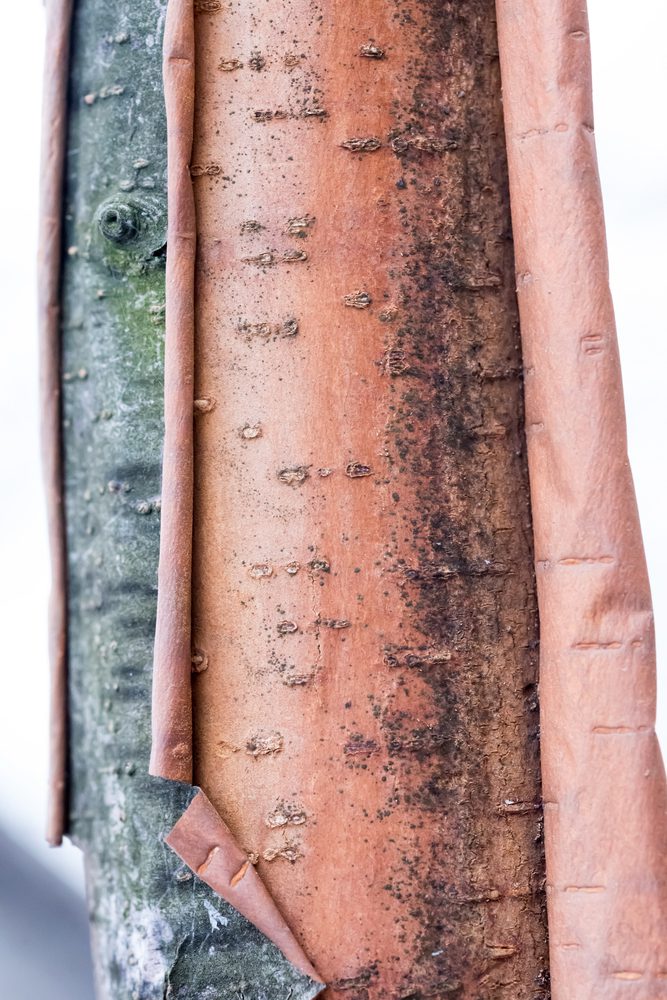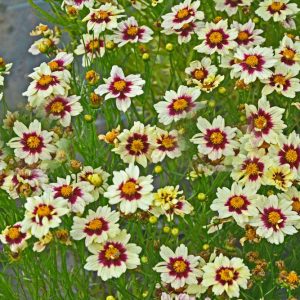Description
Betula – Birch –
There are about 60 species of deciduous tall to medium sized trees and shrubs, which growth is initially fast, in this genus. They occur in diverse habitats, including woodland, moors, mountains, and heathland, throughout the Northern Hemisphere including arctic zones. They produce alternate serrated, usually ovate, mid to dark green leaves. Male and female flowers are borne in separate catkins on the same plant in spring, the male catkins are usually yellow-brown, pendent, and longer than the females, which are erect at first, becoming pendent. Birches are grown for their ornamental bark (glossy white or brown and/or peels off in paper like strips), colorful autumn foliage (usually gold), attractive male catkins, and graceful, open habit. Many are suitable for a small garden, either as isolated specimens or in small groups. They are usually shallow rooted. Bark was once used as paper by Ancient Buddhist and timber as use in the furniture trade. Sap and leaves are used medicinally as food or drink an as a dye
Grow in moderately fertile, moist but well drained soil in full sun or light dappled shade, but some adapt to poorer, shallower, even boggy soil.
Prone to various fungi including armillaria mealea and piptoporus betulinus that cause twig dieback. Also affected by leaf spots, viruses, anthracnose, rust, wood rooting fungi, borers (especially bronze birch borer), leaf miners, aphids, skeletonizers, leaf hoppers, caterpillars, gypsy moth larvae.
B. papyyrifera var. kenaica – Canoe Birch – Paper Birch – White Birch – This deciduous, conical tree from North America grows 40′ feet tall. It has white bark, which is famed for its papery peeling into thin layers which sows pale orange-brown bark, when newly exposed. It produces ovate to egg shaped, dark green leaves, to 4″ long, turn yellow to orange in autumn. In early spring it bears yellow male catkins, to 4″ long. Mature trees develop fissured bark. Grows best in cooler climate and the light canopy allows sunlight to penetrate the garden. Was used by native America for their light but strong canoes.
zones 2-7





